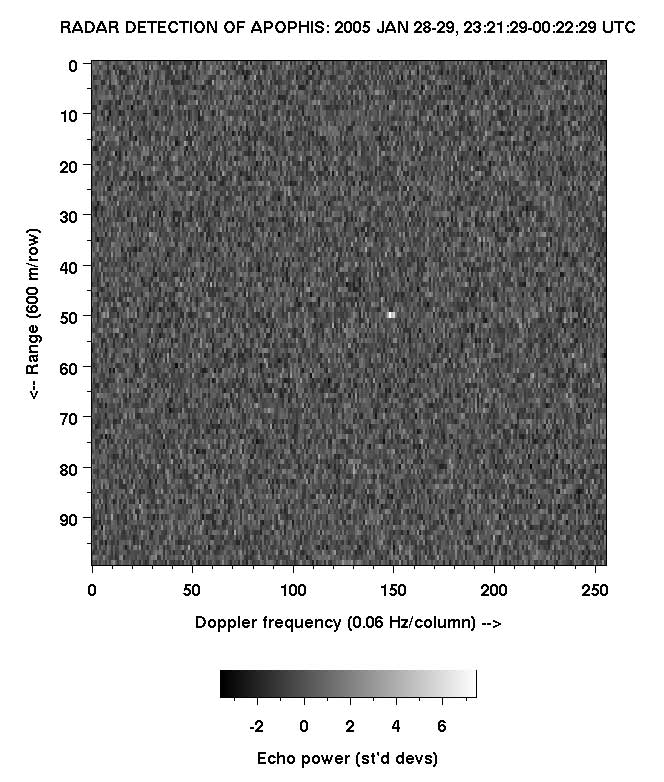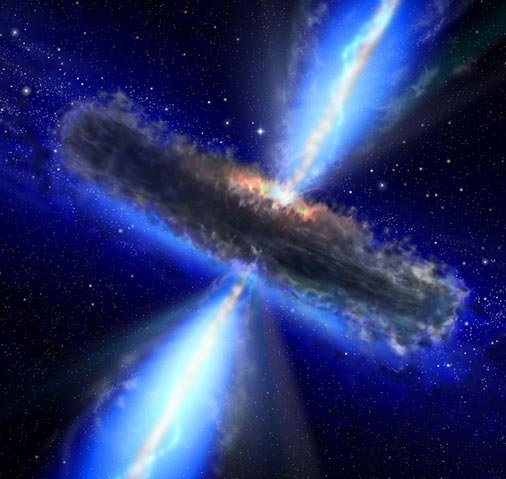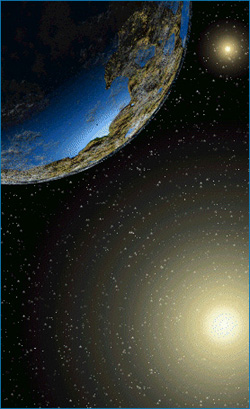Question: How Big is Apophis?
Answer: In case you haven’t heard, Asteroid 99942 Apophis is a near Earth asteroid that astronomers think will make a close flyby to the Earth in 2029. When its trajectory was first calculated back in 2004, it had one of the closest visits to Earth astronomers had seen, and had a 2.7% chance of hitting the Earth.
But follow-up observations brought that risk down to 1 in 45,000. Right now, astronomers think that Apophis is essentially no risk to the Earth. In April, 2008 media reported that a 13-year old German student had caught a math mistake made by NASA, and the risk of an Earth strike was actually 1-45. This later turned out to be a hoax.
Because of its close approach to Earth, space advocacy societies, including the Planetary Society think that the Apophis asteroid would make an ideal target for a human mission, and allow engineers to test out strategies for moving asteroids away from dangerous Earth-crossing orbits.
So back to the original question, how big is Apophis? The best estimate puts it at 270 meters (885 feet across), and it has a mass of 2.1 x 1010 kg. To give you a sense of scale, the Eiffel Tower in Paris is 324 meters tall.
But now you know its mass and size, you’re probably wondering: what would happen to the Earth if it struck? NASA estimated that a strike by Apophis would release the equivalent of 880 megatons of energy. Just as a comparison, the object that carved out Meteor Crater in Arizona probably released 3-10 megatons of energy.
If Apophis struck land, it would flatten thousands of square km of land, killing millions of people if it hit a densely populated area. But it wouldn’t cause the kinds of long term climate destruction that 1 km and larger asteroids can do. If it hit an ocean, it would create devastating tsunamis in all directions.
Here’s an article explaining techniques that might be used to move an asteroid. And here’s NASA’s official page on Apophis.



